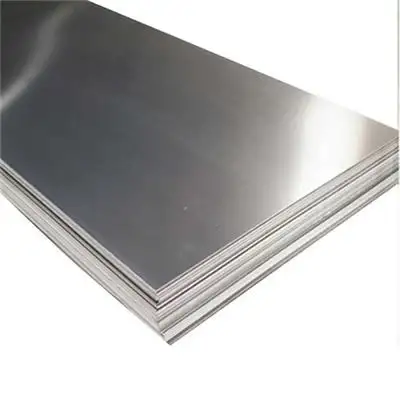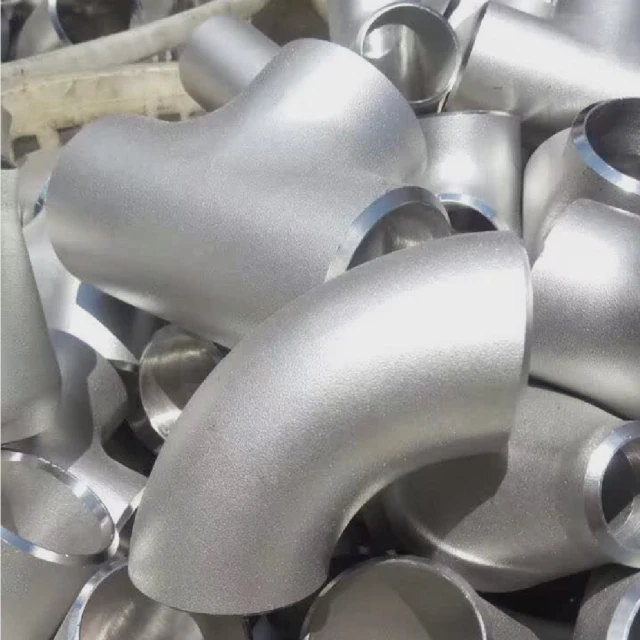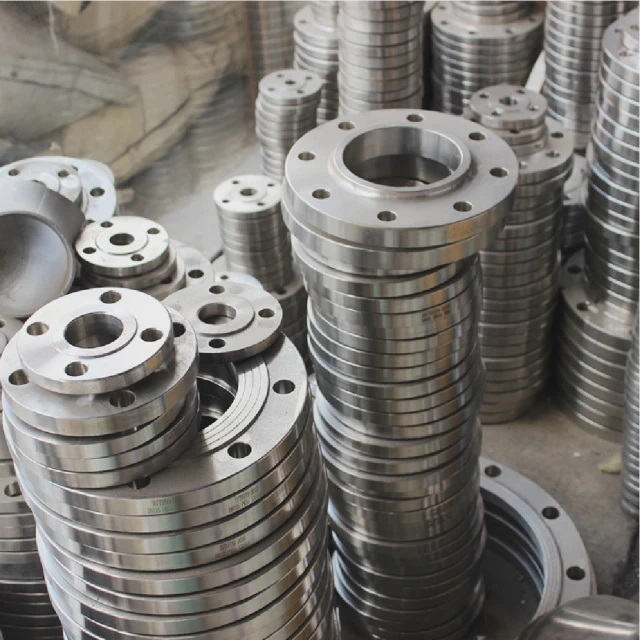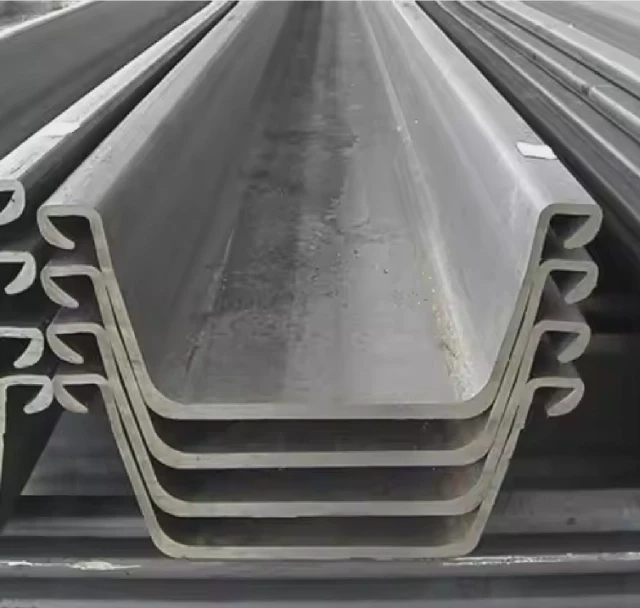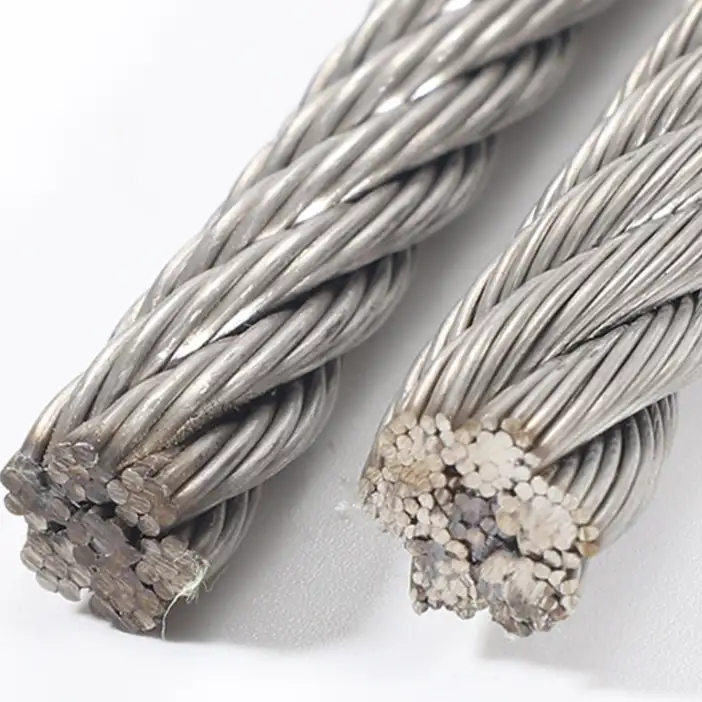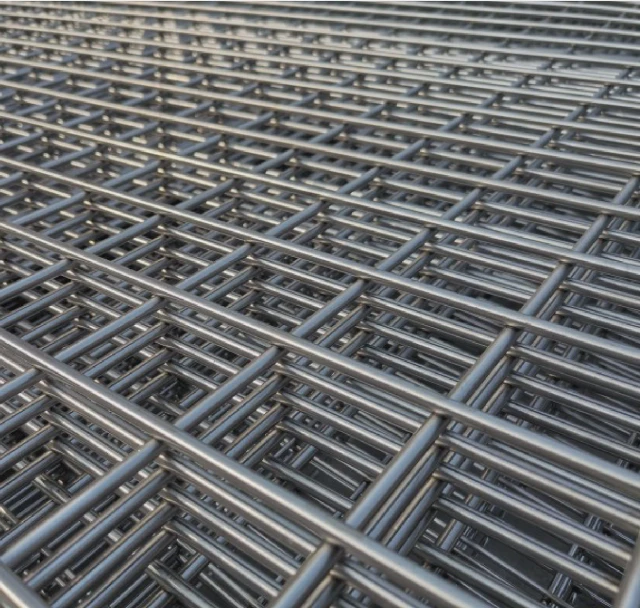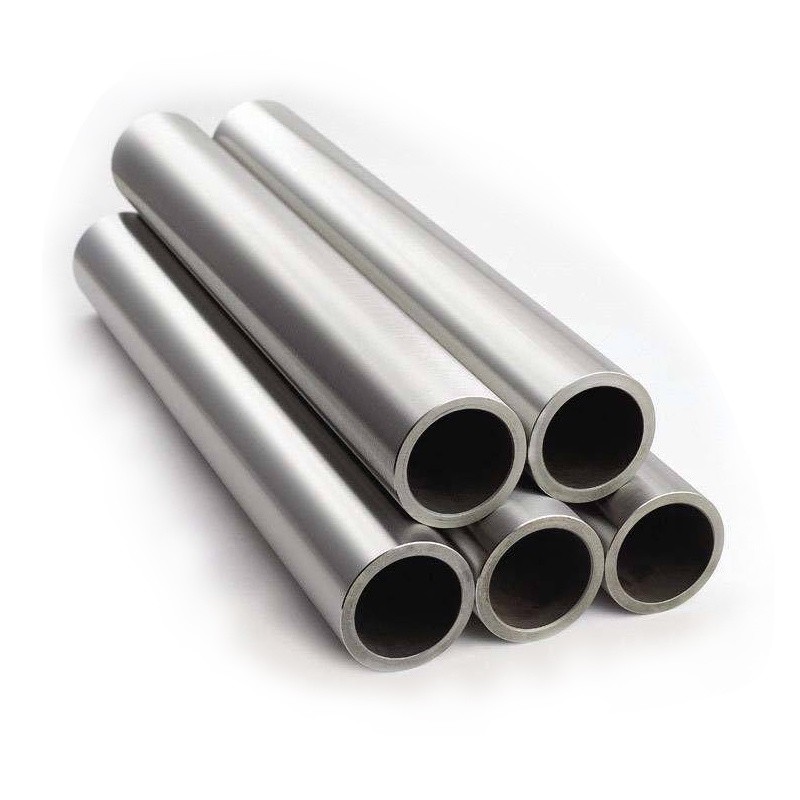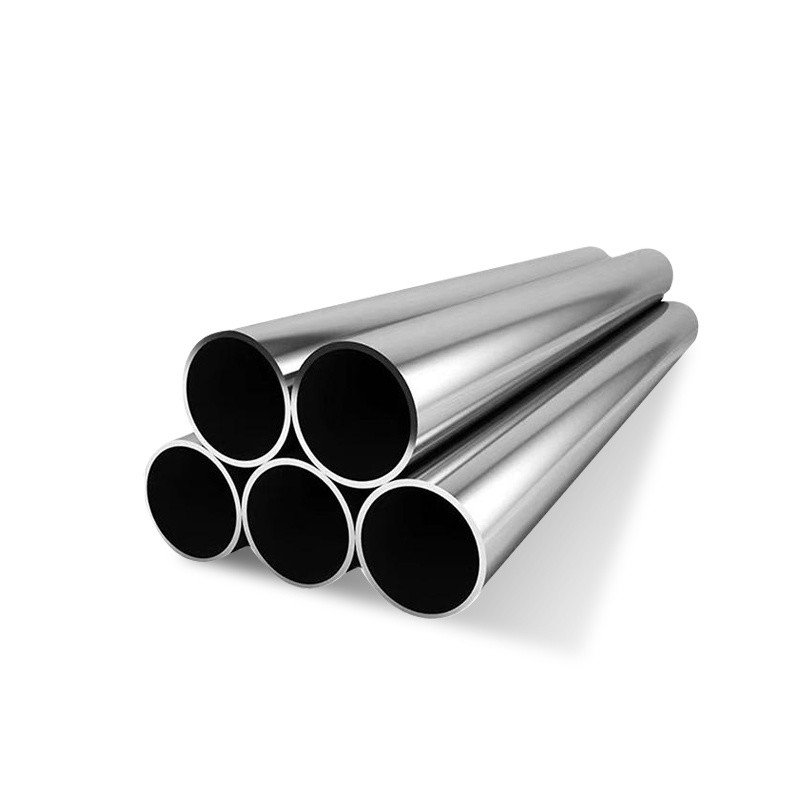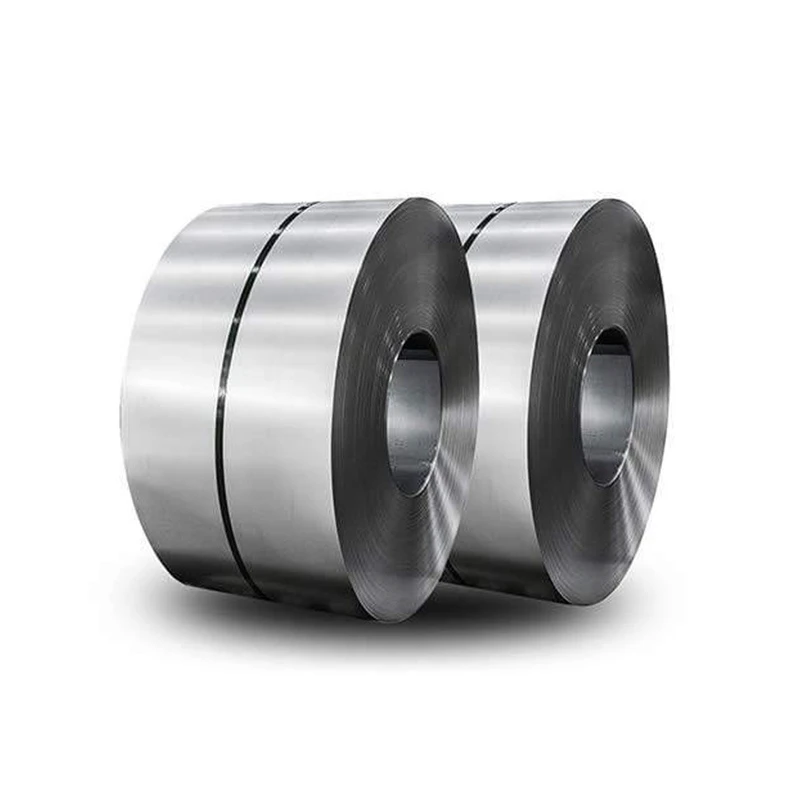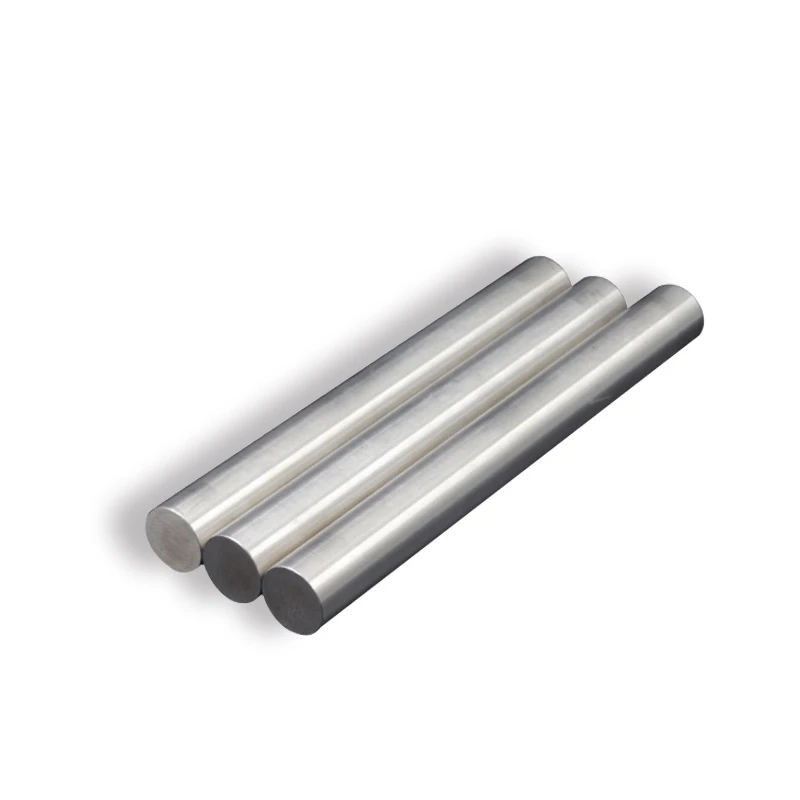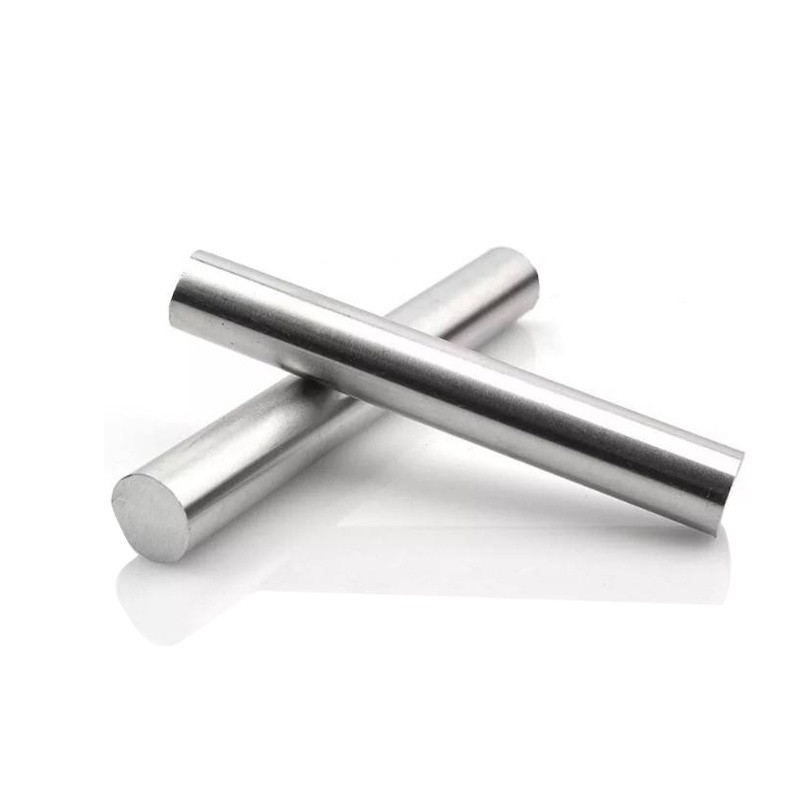
CATEGORIES
FEATURED PRODUCTS
405 Stainless Steel Plate
We offer this product and related grades with 100% factory direct pricing and free quotes available within 24 hours.
APPLICATION SCENARIOS

OUR ADVANTAGE

Certificate of Honor

PARTNER

Our Factory

405 stainless steel is a ferritic alloy that contains chromium (Cr) as its primary alloying element, typically 12–15%. This alloy offers good resistance to oxidation, scaling, and stress corrosion cracking, making it particularly effective in applications involving elevated temperatures. Though not as resistant to corrosion as austenitic alloys like 304 or 316, 405 stainless steel plates provide a cost-effective alternative for high-temperature environments where other alloys may be over-engineered.
This material is primarily used in the manufacturing of components for industries such as automotive, power generation, and industrial processing, where resistance to heat and oxidation is essential. It maintains its strength even after long exposure to elevated temperatures and can be welded easily, making it a go-to option in various sectors.
1. Chemical Composition of 405 Stainless Steel Plate
The chemical composition of 405 stainless steel defines its properties and suitability for various applications. The primary elements in 405 stainless steel include:
-
Chromium (Cr): 12–15% – Provides resistance to oxidation and enhances high-temperature strength.
-
Carbon (C): 0.08% max – Contributes to hardness and tensile strength.
-
Manganese (Mn): 1.00% max – Improves strength and toughness.
-
Silicon (Si): 1.00% max – Enhances oxidation resistance.
-
Phosphorus (P): 0.04% max – Reduces corrosion resistance.
-
Sulfur (S): 0.03% max – Affects machinability.
This composition grants 405 stainless steel its ability to resist high-temperature oxidation and stresses in many industrial applications.
2. Key Properties of 405 Stainless Steel Plate
405 stainless steel plates have several key properties that make them suitable for high-temperature applications. These properties include:
-
Oxidation Resistance: 405 stainless steel excels in environments where exposure to elevated temperatures can cause oxidation. This property makes it an excellent choice for exhaust systems, furnace parts, and heat exchangers.
-
High-Temperature Strength: 405 stainless steel can maintain its strength at elevated temperatures (up to 1600°F or 870°C), making it ideal for high-heat applications.
-
Weldability: Due to its ferritic structure, 405 stainless steel can be welded with minimal risk of cracking, which is beneficial in many industrial manufacturing processes.
-
Corrosion Resistance: While it does not have the same corrosion resistance as austenitic stainless steels, 405 offers good protection in environments that are not heavily corrosive.
-
Ductility: Though it maintains good strength, 405 stainless steel can be formed into a variety of shapes and sizes, providing flexibility for different manufacturing needs.
3. 405 Stainless Steel Plate Applications
The superior properties of 405 stainless steel make it suitable for a wide range of applications, particularly in industries where materials are exposed to high temperatures or corrosive environments. Some of its common uses include:
-
Automotive: Used in exhaust systems, catalytic converters, and other components exposed to high temperatures and oxidative conditions.
-
Power Generation: Employed in heat exchangers, turbine parts, and other high-temperature equipment.
-
Furnaces and Ovens: Used for components like furnace linings, burner nozzles, and other parts subject to prolonged exposure to heat.
-
Chemical Processing: Utilized in components like reactor vessels, heat exchangers, and other equipment where temperature resistance is critical.
-
Industrial Equipment: Also found in food processing equipment, especially where parts must resist heat without the need for exceptional corrosion resistance.
Table: Comparison of 405 Stainless Steel Plate with Other Stainless Steel Grades
| Property | 405 Stainless Steel | 304 Stainless Steel | 316 Stainless Steel | 430 Stainless Steel |
|---|---|---|---|---|
| Oxidation Resistance | Good | Excellent | Excellent | Moderate |
| Heat Resistance | 1600°F (870°C) | 870°F (465°C) | 870°F (465°C) | 1500°F (815°C) |
| Strength | Moderate | High | High | Low |
| Corrosion Resistance | Moderate | Excellent | Excellent | Moderate |
| Weldability | Good | Excellent | Excellent | Fair |
4. Price Comparison: 405 Stainless Steel Plates in China, USA, and India
The price of 405 stainless steel plates varies depending on region, driven by local production costs, labor, and material availability. Here’s a breakdown of prices in major regions:
-
China: In China, due to its strong manufacturing sector and low labor costs, 405 stainless steel plates are more affordable, ranging from $2.50 to $3.50 per kg.
-
USA: In the United States, the price is higher, typically between $4.00 and $6.50 per kg, owing to higher labor costs and stricter manufacturing standards.
-
India: India provides a competitive pricing range, generally between $3.00 and $4.50 per kg, benefiting from lower production costs and a growing domestic steel market.
Table: Price Comparison of 405 Stainless Steel Plates
| Region | Price Range (per kg) |
|---|---|
| China | $2.50 - $3.50 |
| USA | $4.00 - $6.50 |
| India | $3.00 - $4.50 |
Factors Influencing Prices
Several factors contribute to pricing fluctuations, including:
-
Raw Material Costs: The price of chromium and other key materials directly impacts the cost of production.
-
Labor and Manufacturing Costs: The cost of labor and local manufacturing processes varies by country, influencing the overall price.
-
Trade Tariffs: Import tariffs and trade policies can significantly affect the final cost for international buyers.
-
Global Demand and Supply: Changes in supply and demand for stainless steel can influence prices, especially in the face of fluctuating global markets.
5. Procurement Considerations for 405 Stainless Steel Plates
When sourcing 405 stainless steel plates, it is essential to consider several factors to ensure the material meets the necessary specifications and requirements. Key considerations include:
-
Supplier Reliability: Ensure that you are sourcing from a trusted supplier, such as Luokaiwei, known for high-quality products and reliable delivery.
-
Material Certifications: Confirm that the steel meets the required standards, such as ASTM A240 or equivalent specifications.
-
Quantity and Lead Time: Understand the quantity needed for your project and ensure the supplier can meet the delivery deadlines.
-
Price Trends: Be aware of fluctuations in material costs due to changes in raw material prices or global market conditions.
-
Quality Control: Ensure that the material undergoes proper testing and quality control procedures, including hardness testing and stress testing, to meet the standards required for your application.
6. Case Study: Automotive Exhaust System Manufacturer
A leading automotive manufacturer in the USA faced challenges in sourcing a cost-effective material for exhaust system components. They needed a material with excellent heat resistance but without the need for expensive alloys like 304 or 316. By opting for 405 stainless steel plates, they reduced material costs by 30%, all while maintaining excellent performance under high-heat conditions. The switch not only saved costs but also extended the lifespan of the exhaust components, improving the overall quality and durability of their products.
7. Frequently Asked Questions (FAQ)
-
What makes 405 stainless steel different from other stainless steels like 304 or 316?
405 stainless steel is a ferritic alloy that is better suited for high-temperature environments, offering good oxidation resistance at a lower cost than austenitic grades like 304 and 316. -
Can 405 stainless steel be welded?
Yes, 405 stainless steel is weldable, but it is important to follow appropriate welding techniques to avoid any risks of cracking. -
Is 405 stainless steel magnetic?
Yes, 405 stainless steel is magnetic, as it is a ferritic stainless steel alloy. -
What are the main industries using 405 stainless steel?
405 stainless steel is commonly used in the automotive, power generation, chemical processing, and furnace industries, where heat resistance is critical. -
How can I ensure I’m getting the right 405 stainless steel plate for my application?
Ensure that you purchase from a reputable supplier, check the material specifications, and verify the necessary certifications for your application.







